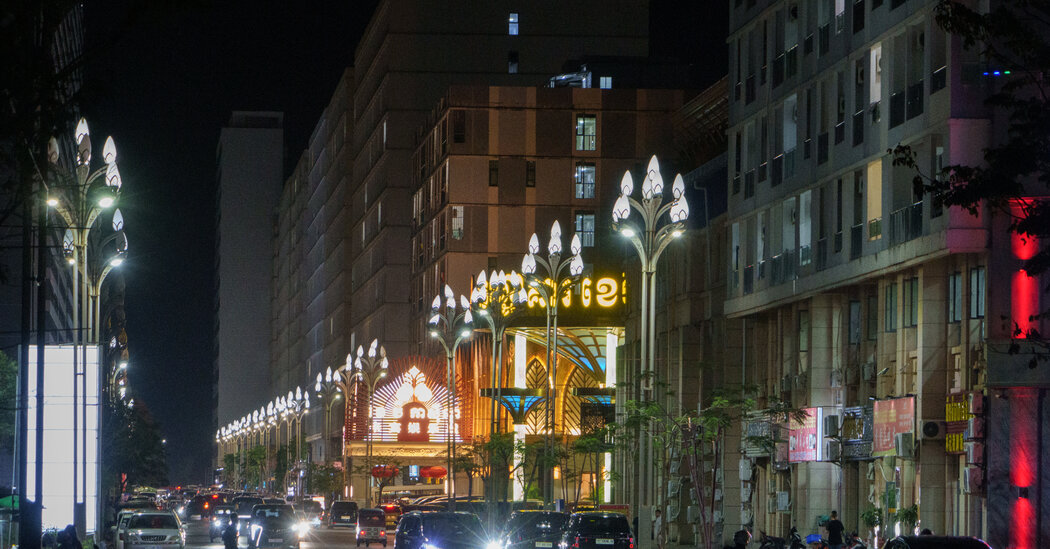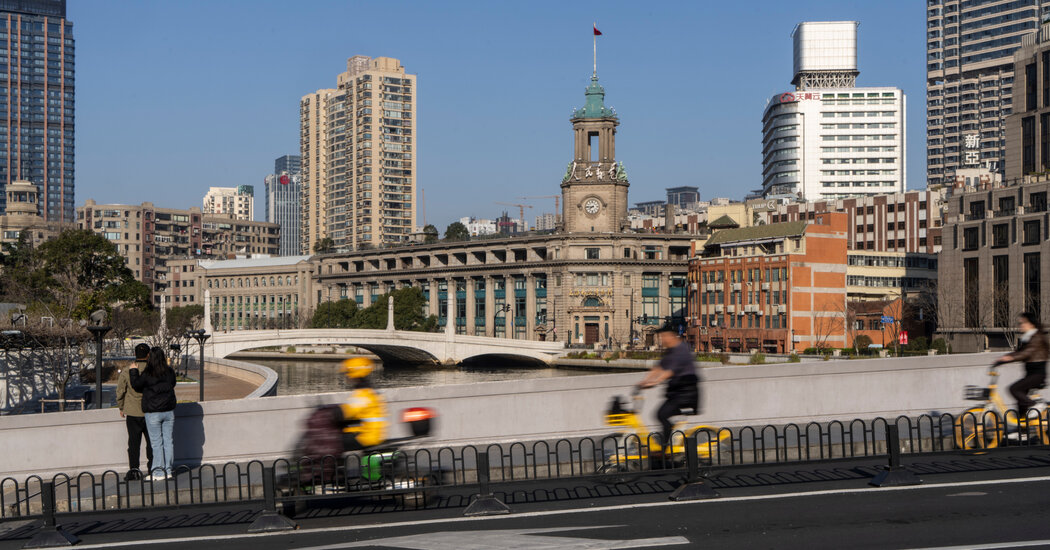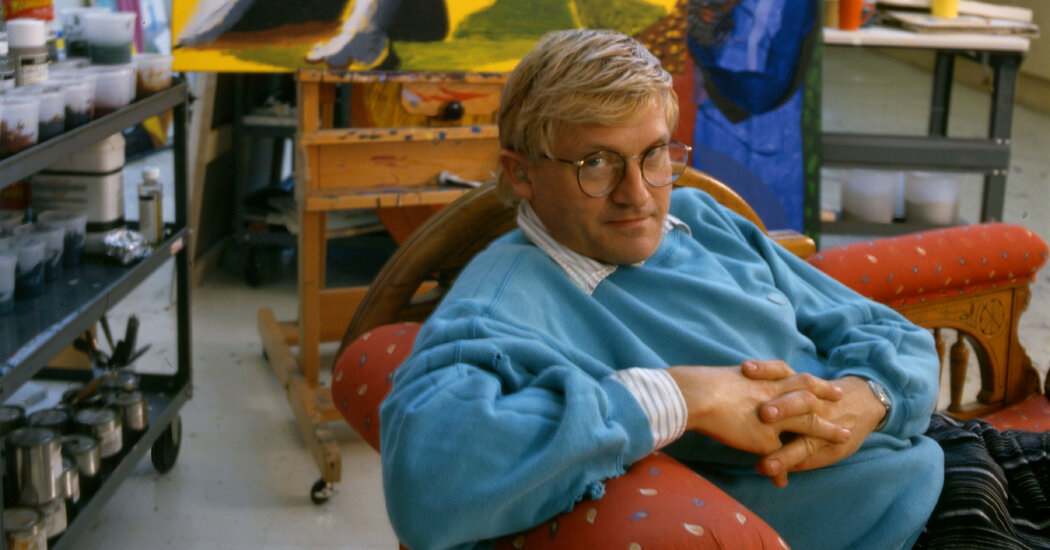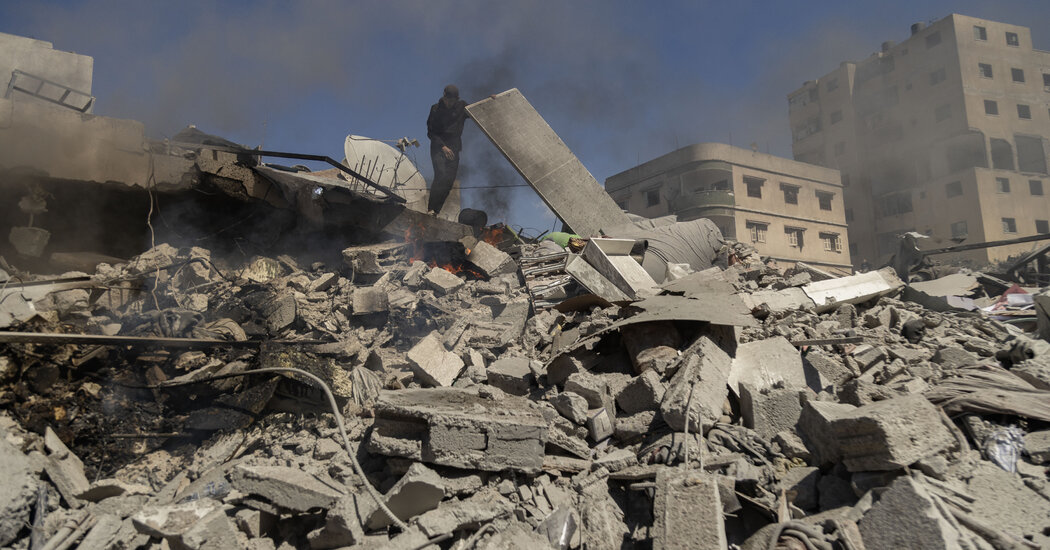Behind the Scenes: Unraveling a Major Money Laundering Network
Times Insider provides a glimpse into the inner workings of our journalism, offering readers behind-the-scenes insights into how our stories come to life. Recently, investigative reporter Selam Gebrekidan from The New York Times embarked on a challenging journey to uncover the intricacies of one of the world’s largest money laundering networks.
For several months, Selam found herself surrounded by a labyrinth of handwritten diagrams, sketches, and charts meticulously arranged on the walls of her Hong Kong apartment. This visual aid was essential as she sought to decipher the complex mechanics of how these sophisticated money laundering operations functioned. “I needed a visual aid as I was breaking it down into steps,” she remarked, highlighting the importance of clarity in her investigation.
This week, Selam, alongside Joy Dong, a dedicated reporter-researcher focused on China for The Times, unveiled an in-depth investigation that sheds light on the methods scammers use to launder money and evade detection. Their article dives deep into a specific laundering network operating within Southeast Asia, revealing the intricacies involved in the process. “We wanted to make the story accessible for readers,” Selam stated, emphasizing the necessity of understanding these complexities before conveying them to a wider audience.
In a recent video call from Hong Kong, Selam and Joy shared their experiences of interviewing both scammers and money launderers for their article. They also reflected on some lingering questions that continue to intrigue them. Below are edited excerpts from their enlightening conversation.
What initially led you to pursue this story?
SELAM GEBREKIDAN
My journey into the realm of money laundering began around nine months ago. Joy and I were driven by a desire to comprehend the workings of the criminal underworld. We had received various tips indicating that Sihanoukville, Cambodia, along with other casino hotspots in the region, had become a breeding ground for scamming and money laundering, particularly in the aftermath of the pandemic.
When I traveled there, I was taken aback by the sight of countless unfinished buildings lining the streets. The upper floors of these vacant structures were illuminated with fluorescent lights throughout the night, sparking my curiosity. I couldn’t help but wonder: Who is inside those buildings? What activities are taking place behind those closed doors?




